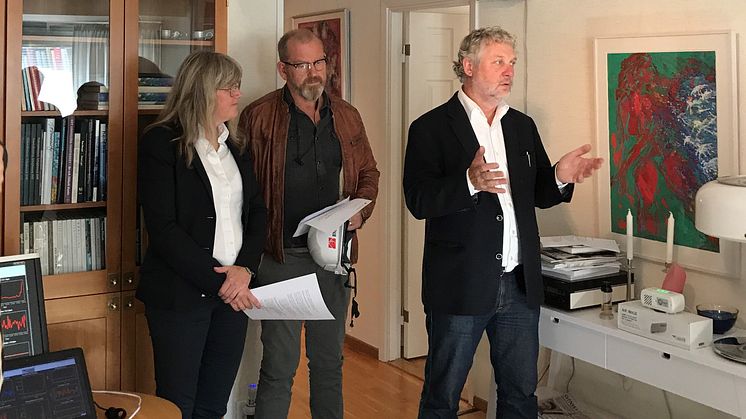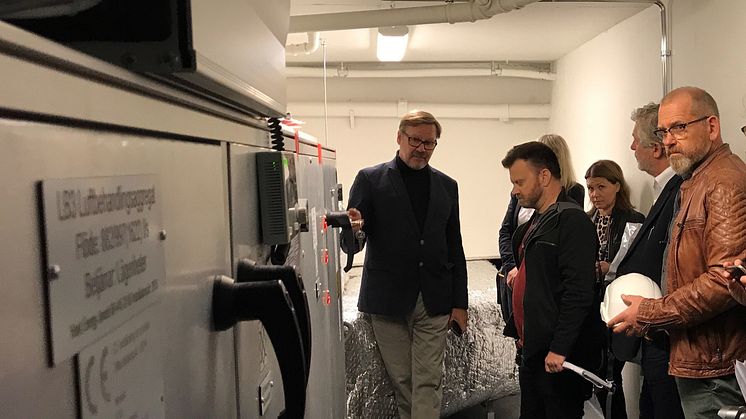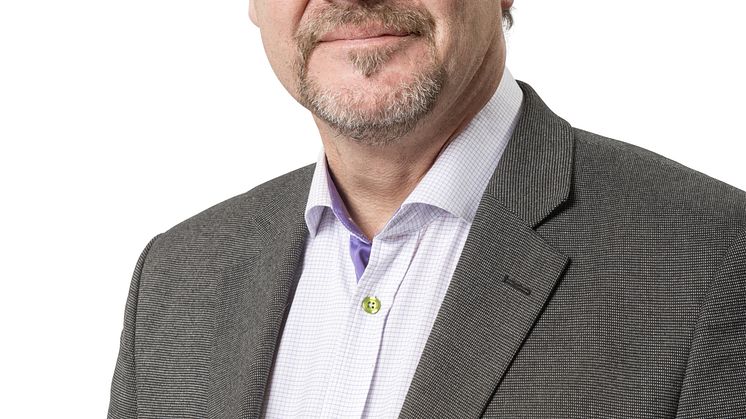
Press release -
Swedish government takes historical steps to improve residential living with better ventilation and filtration solutions
In its budget proposal for 2018, the Swedish government will step up measures to improve the indoor environment in Swedish housing. Enhancing professional competence will be the platform. Better ventilation and filtration technology will be the means.
The budget measure essentially marks the first attempt by a national government to officially recognize better ventilation and high IAQ (Indoor Air Quality) as a way to protect public health. As a leader in clean air solutions, Camfil welcomes this groundbreaking initiative along with Svensk Ventilation, the professional association for the Swedish HVAC industry.
The government proposes to allocate SEK 16 million in 2018 and SEK 28 million over the following three years, mainly to enhance knowledge about the need for a good indoor environment in dwellings. Other budgeted actions include establishing a competence center for healthier housing and following up a previous nationwide survey on energy use and the indoor environment.
Camfil project in focus
To provide a concrete example of how urban living can be improved with the latest ventilation and air filtration technology, Mr. Peter Eriksson, Swedish Minister for Housing and Digital Development, met with Camfil and Svensk Ventilation representatives in late September to visit a reference installation in downtown Stockholm.
This apartment building has a modern central air handling system with Camfil air filters to improve IAQ and protect residents from particulate air pollution generated by vehicle traffic. Located on the busy street of Hornsgatan, it was part of an earlier pilot project involving Camfil IAQ professionals and the Swedish air handling industry.
"The HVAC installation at Hornsgatan showed the Minister how property owners can efficiently create a healthier indoor environment by cleaning the air in vulnerable environments with a high particle content. With the installation of central air with heat recovery, with air handling units equipped with class F7 air filters (ePM1> 60% according to new standard), the supply air’s particle content has been cut in half, compared to the polluted air on the street,” says Britta Permats, CEO of Svensk Ventilation.
Health benefits of filtration
People in many countries spend up to 90 percent of their lives indoors, breathe up to 15 kilos of air a day, and in highly polluted areas, inhale more than 25 million particles with each breath. These particles can also combine with those present indoors and become more aggressive and harmful, making the interior air up to 50 times more polluted than outdoor air.
“In air handling units, a significant proportion of these harmful air pollutants can be stopped with the right filter and efficiency for the targeted particulate matter,” says Anders Hedström IAQ expert at Camfil. “The Hornsgatan installation clearly demonstrates that the health benefits for urban occupants are tangible and well documented today. We hope our research findings will lead to additional measures to increase professional and public knowledge about the importance of good ventilation and air filtration in residential, commercial and public buildings.”
“Governments need to pay more attention to the ultrafine particles in the PM1 spectrum because these tiny airborne particles are the most dangerous to human health – in fact, significantly more harmful than PM2.5 and PM10,” continues Anders Hedström. “Particles in the PM1 spectrum penetrate into the very finest structure of our lungs, which later can impact major organs like the heart, brain and liver.”
The sharper focus on the negative health effects of PM1 will call for more effective filtration to remove these submicron particles in ventilation air, especially in buildings in urban landscapes with severe air pollution. The Hornsgatan project show this is feasible.
“For years, Camfil has been heavily involved in a wide range of activities to explain the importance of air filtration for IAQ and health. We work closely with our stakeholders to demonstrate how IAQ and energy efficiency can be increased with effective air filtration. We also educate the general public about air pollution and IAQ with our European Road Show and Take a Breath campaign. It is therefore highly gratifying to see that the Swedish government is the first in the world to plan for budget measures to improve public health with better ventilation and air filtration,” says Anders Freyschuss, EVP Global Standardization and Sustainability at Camfil.
“A ventilation solution similar to that on Hornsgatan is currently relatively rare in multi-family houses, but we hope the government's new venture will be a step in the right direction. We must avoid repeating the mistakes made in the 70's and to succeed with that – knowledge and right material is the way forward", continues Britta Permats, CEO of Swedish Ventilation.
"We are experiencing a building boom in Sweden and there is a shortage of workers, therefore the risk of creating new indoor and health problems is substantial. We want to counteract a negative development early and therefore also need to look over older homes using simple methods like air intake through windows, " concludes Mr Peter Eriksson, Swedish Minister Housing and Digital Development.
Related links
Topics
Categories
Camfil is a global leader in the air filtration industry with more than half a century of experience in developing and manufacturing sustainable clean air solutions that protect people, processes and the environment against harmful airborne particles, gases and emissions. These solutions are used globally to benefit human health, increase performance and reduce energy consumption in a wide range of air filtration applications. Our 26 manufacturing plants, six R&D sites, local sales offices and 3,900 employees provide service and support to our customers around the world. Camfil is headquartered in Stockholm, Sweden. Group sales total more than SEK 6.8 billion per year.







